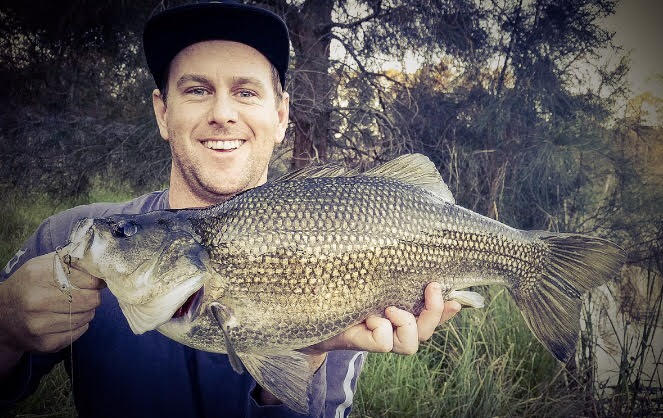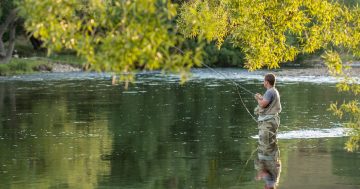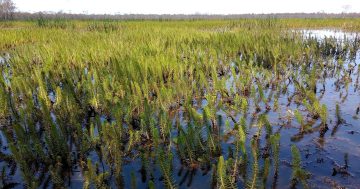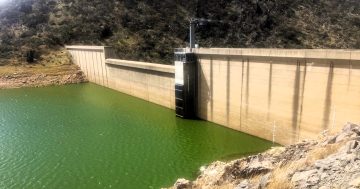
Recreational fisher, Blake Fallon showing-off an Australian Bass. Photo: NSW DPI
Anglers across New South Wales can now cast a line for Australian Bass and Estuary Perch with the annual three-month closed season ending last Sunday – September 1.
NSW Department of Primary Industries (DPI) Senior Fisheries Manager Inland, Cameron Westaway says the closure period is important to protect the native species.
“The native sportsfish have now completed their annual spawning and migration, which occurs each year over late autumn and early winter,” he says.
“A zero bag limit is in place between 1 June and 1 September to allow the fish to form schools and migrate to parts of estuaries with the correct salinity, to trigger spawning.
“From Sunday, September 1, anglers can take both Australian Bass and Estuary Perch, however, they are reminded that strict bag limits do apply.”
The total bag limit is two Australian Bass or Estuary Perch per person, with a combined total possession limit of four fish per person.
“When fishing in rivers, only one fish is permitted to be over 35 centimetres in length,” Mr Westaway adds.
“The department enforces the three-month closure annually as during their spawning season, the schools of fish can be vulnerable to fishing.
“Now, in spring, most fish will return to their warmer weather feeding grounds higher up in the catchment.”
Fish in freshwater impoundments, like Glenbawn Dam and Glennies Creek Dam in the Hunter Valley, Brogo Dam near Bega and Clarrie Hall and Toonumbar Dams in the northeast are stocked fisheries, meaning anglers were allowed to continue to fish for these species in those waters during the closure.
Information on freshwater fishing rules can be found in the NSW Recreational Freshwater Fishing Guide from DPI Fisheries offices, at fishing licence agents and bait and tackle shops, and online at the DPI website.
Fishing laws are designed to protect, conserve and improve our fisheries resources for our future generations.
People can report suspected illegal fishing to the Fishers Watch Phoneline on 1800 043 536.










